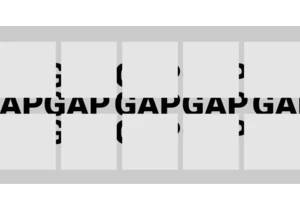My 2020 was colored by the considerable amount of time I spent analyzing data about CSS usage in the wild, for the CSS chapter of the Web Almanac, by the HTTP Archive. The results were eye-opening to me. A wake-up call of sorts. We spend so much time in the bubble of bleeding-edge tech that we lose touch with how the web is really built. Most of the web favors old, stable tech instead of new bling. CSS-in-JS? Only … Read article “How The Web is Really Built”
The post How The Web is Really Built appeared first on CSS-Tricks. You can support CSS-Tricks by being an MVP Supporter.
Connectez-vous pour ajouter un commentaire
Autres messages de ce groupe

Styling the space between layout items — the gap — has typically required some clever workarounds. But a new CSS feature changes all that with just a few simple CSS properties that make it easy, ye

Being the bad boy I am, I don't take Tailwind's default approach to cascade layers as the "best" one. Over a year experimenting with Tailwind and vanilla CSS, I've come across what I believe is a b


KelpUI is new library that Chris Ferdinandi is developing, designed to leverage newer CSS features and Web Components. I've enjoyed following Chris as he's publishe

The CSS if() function enables us to use values conditionally, which we can already do with queries and other functions, so I’m sure you’re wondering: What exactly does if()

The CSS if() function was recently implemented in Chrome 137, making it the first instance where we have it supported by a mainstream browser. Let's poke at it a bit at a very high lev

Zell discusses refactoring the Resize, Mutation, and Intersection Observer APIs for easier usage, demonstrating how to implement callback and event listener patterns, while highlighting available o
